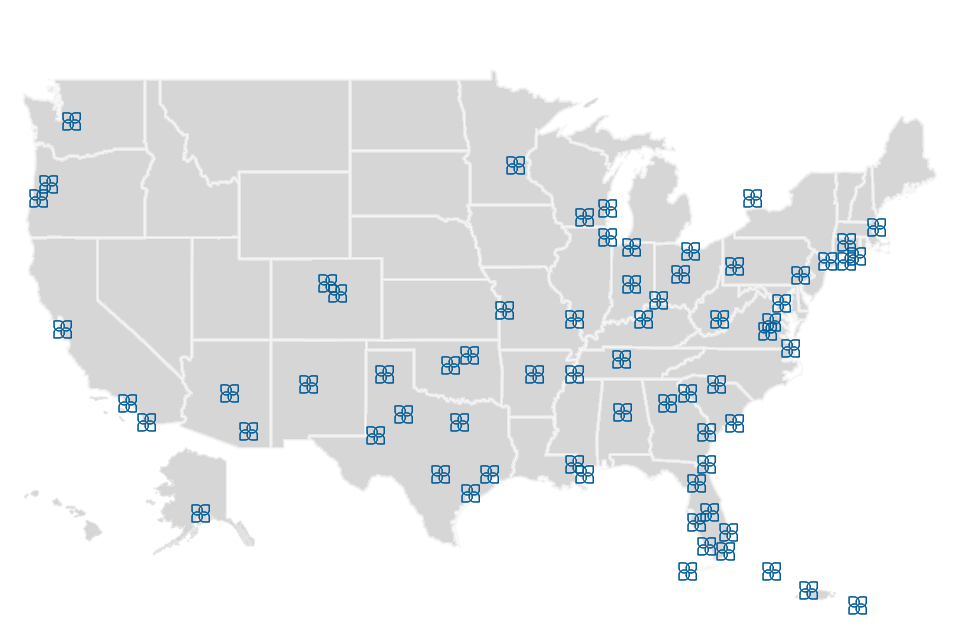Posted January 28, 2021
Certain Demand Pockets Will Lead the Recovery of the Lodging Industry
Over 100 years ago, E.M. Statler, father of the modern hotel industry, was quoted as saying “There are three things that make a hotel famous – location, location, location.”
A century later, as the hotel industry struggles to recover from the decimation caused by a pandemic, Statler’s prophetic statement could not be more meaningful.
RevPAR continues to average around -50% nationally and much worse in places most impacted by COVID-19 like New York City and Hawaii. Although most agree that macro trends will remain depressed for an extended period, it is important to consider that it is not that bad everywhere and that the vaccine roll-out is beginning to have its intended impact. There are sub-segments and localized pockets of demand that are proving to be more resilient, allowing them to recover more quickly. Examples of these “early mover” venues include specific submarkets benefitting from disproportionate exposure to:
- Non-discretionary demand related to medical, military, government facilities and other essential operations.
- Need-based demand related to university and college student housing, distance learning, COVID-19 treatment, healthcare staff, remote working, and other dislocations.
- Logistics, ground transportation and distribution infrastructure.
- Drive-to leisure submarkets with coastal or other low-density locations providing ample outdoor amenities.
Submarkets that may be weak today but have the potential to recover quickly include those with demand generators that have been abnormally suppressed because of travel bans, quarantines and business restrictions specifically impacting local businesses. As conditions improve and restrictions are lifted, hotels and resorts in these submarkets should benefit from the accelerated return of displaced and pent-up demand. Examples include markets that encompass:
- Drive-to leisure submarkets with more dependence on restaurants, entertainment, and retail.
- Elective medical procedure and out-patient campuses.
- Construction sites and infrastructure projects.
- Leisure attractions and recreational activities such as golf resorts, amusement parks that are reopening or increasing capacity, ski areas, boating and fishing.
- Lower-density suburban office campuses with a focus on medical, life science, biotech, research and technology.
Although a full recovery of the lodging industry might be years in the making, many locations and submarkets will improve markedly faster than others. The smarter investors have given up on looking for the elusive buy at a 30% to 40% discount. Instead, they are actively acquiring for hotels in submarkets with pockets of demand that have proven to be more stable and those most likely to rebound quickly as the impact of the pandemic recedes. Appropriately underwriting these early mover investment opportunities through this lens may prove a worthwhile strategy since these investments will quickly deliver early in a recovery.
Over the past 90 days, The Plasencia Group has been fortunate to transact over $200M in hotels and resorts to well-capitalized investors who are executing their strategy of acquiring lodging assets in early mover markets. Please let us know how our seasoned veterans may assist you with your hotel and resort acquisitions or dispositions.


